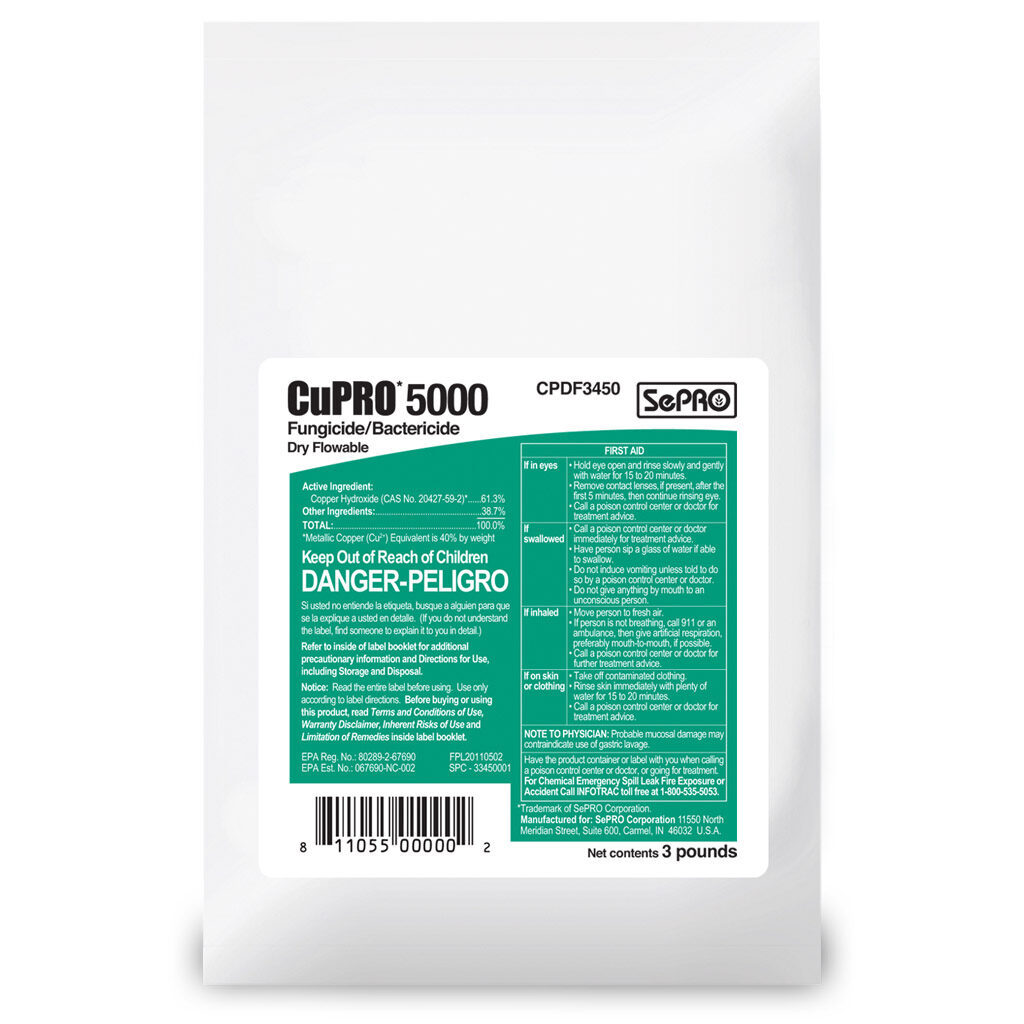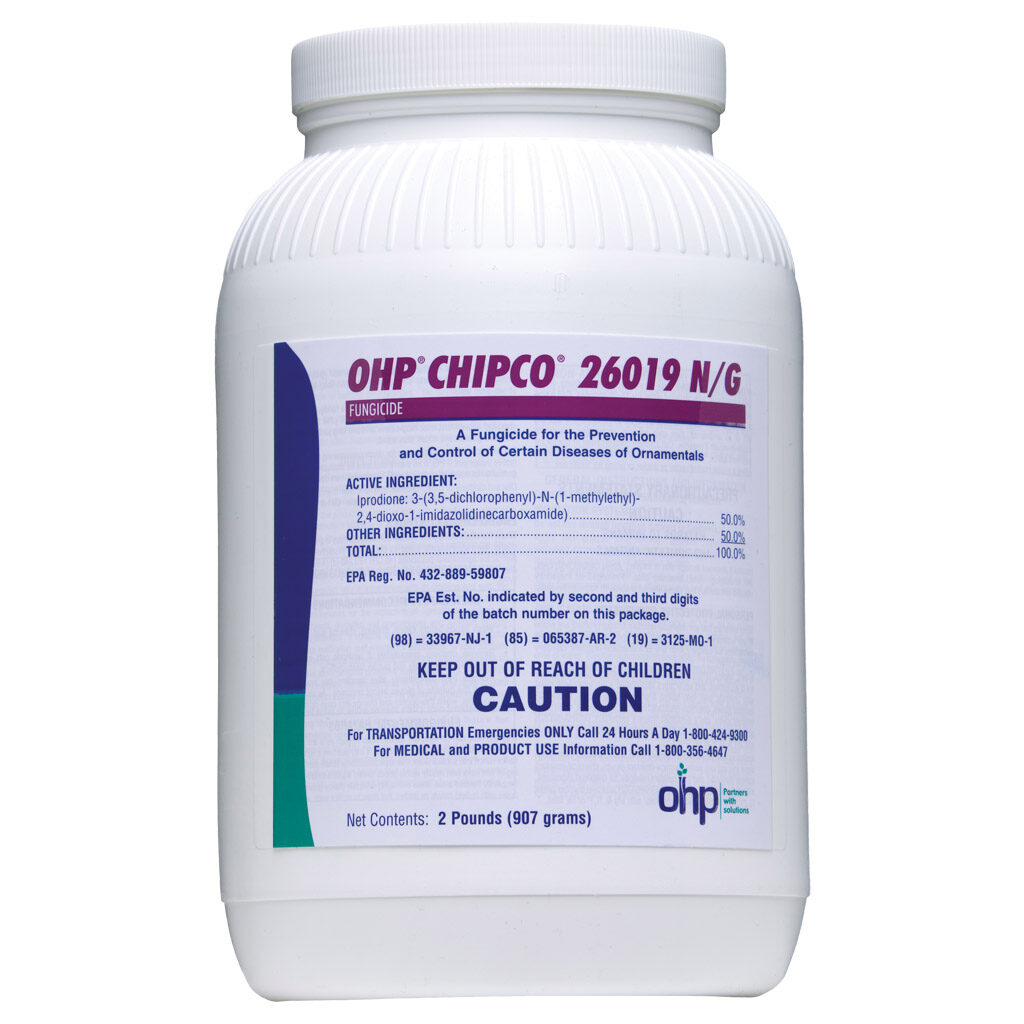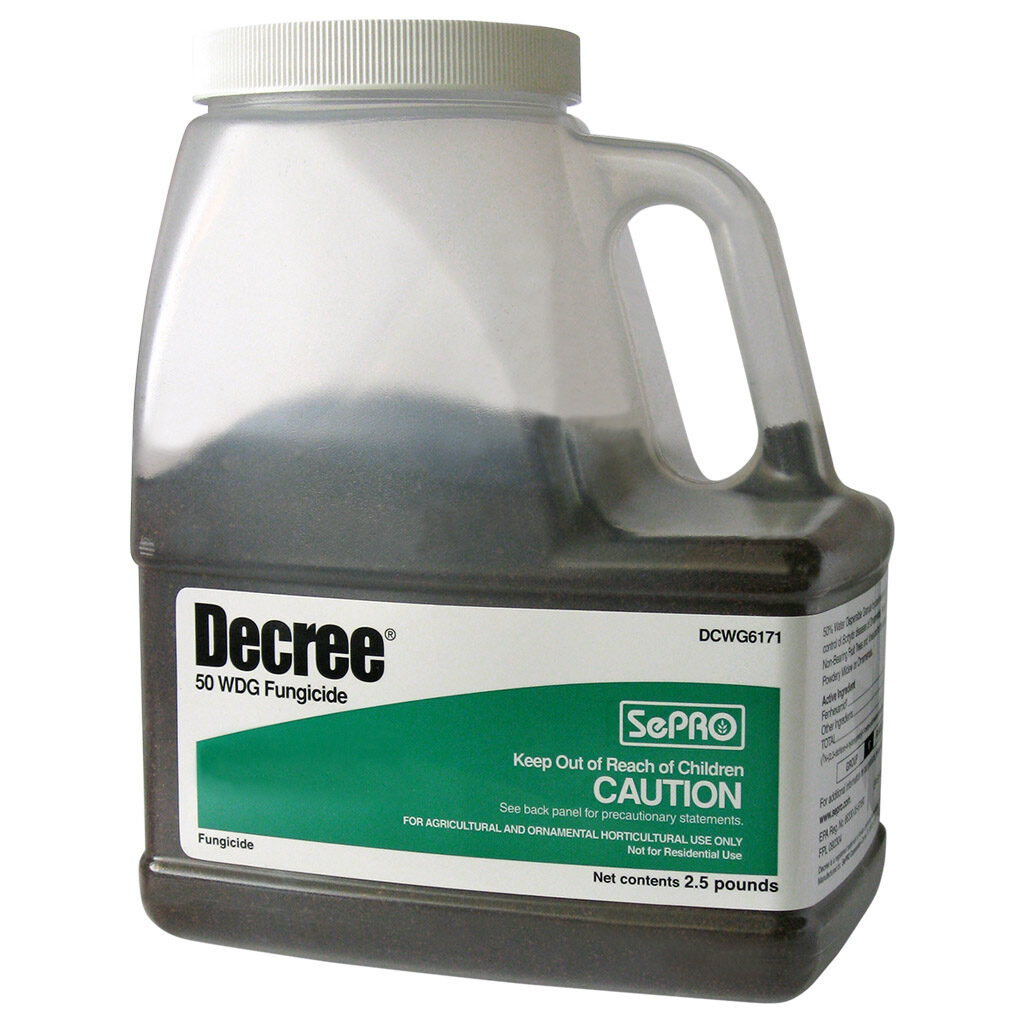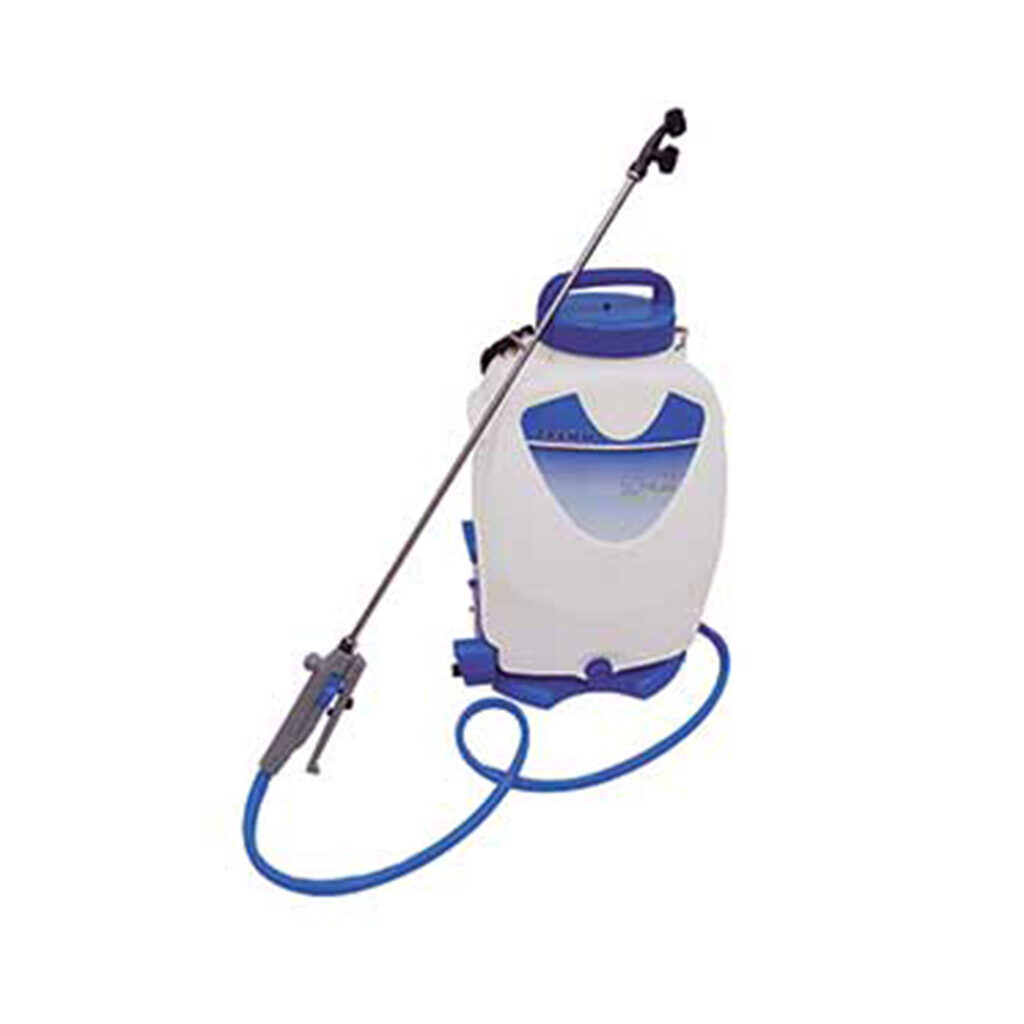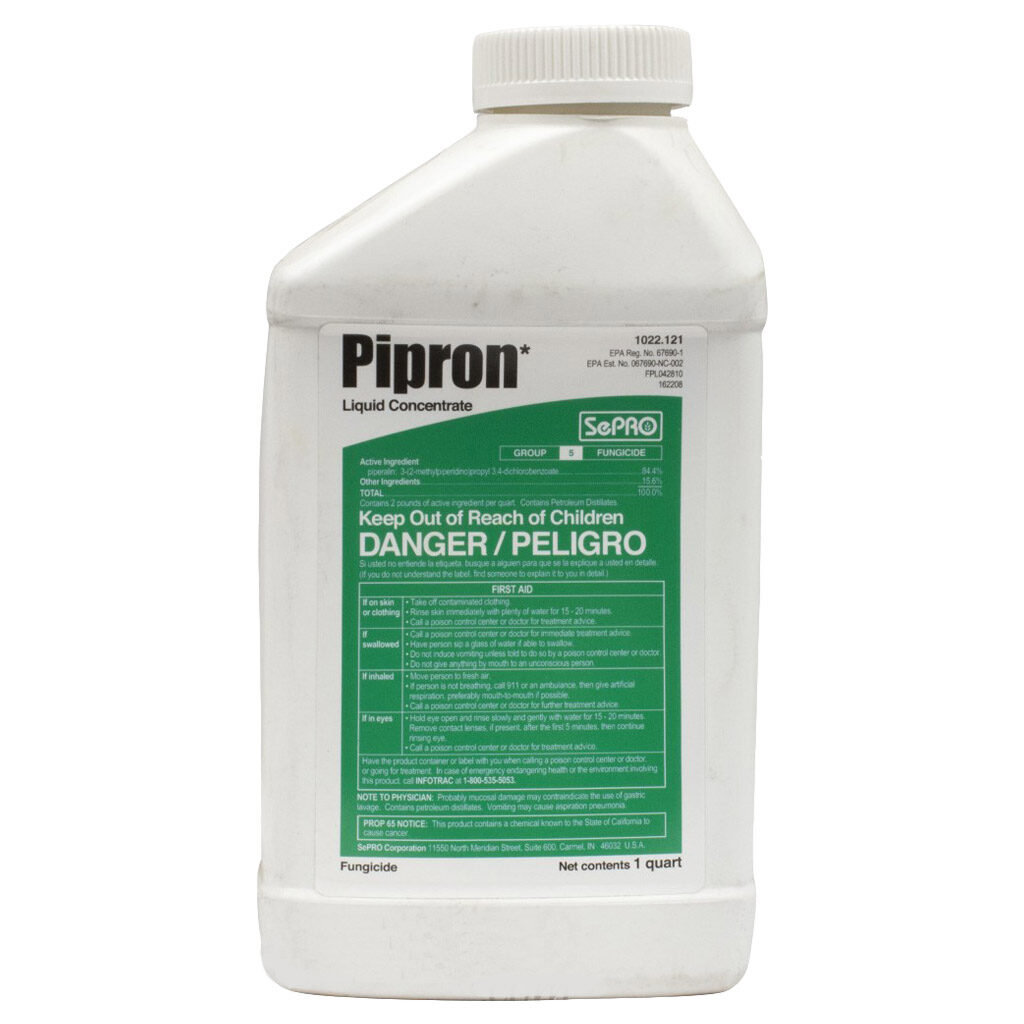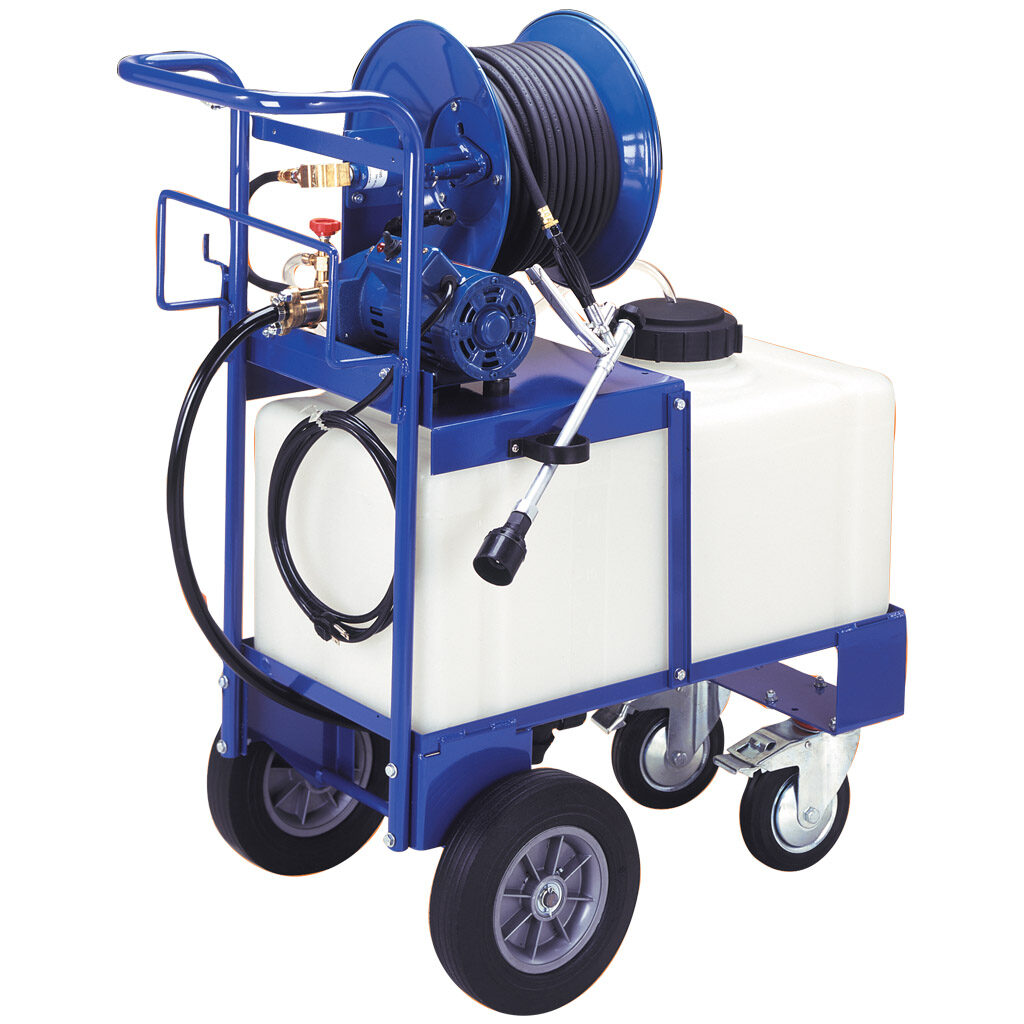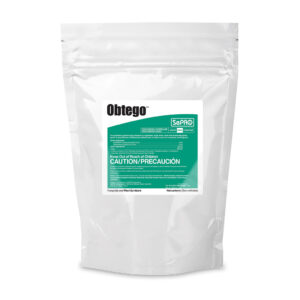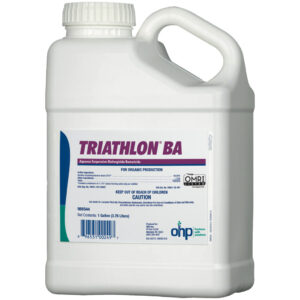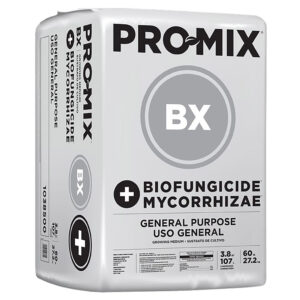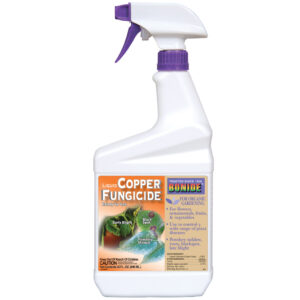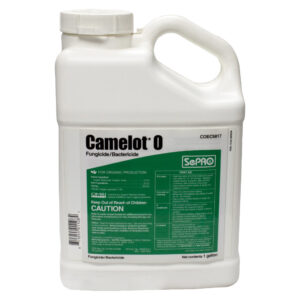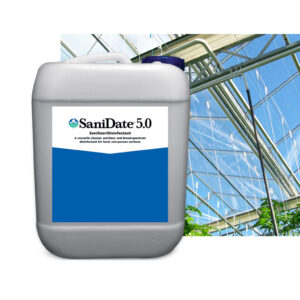In a perfect world, all growers would be in a constant state of prevention when it comes to optimal plant health. And while that is the ultimate goal, we recognize the importance of being able to identify and treat any plant disease that may affect otherwise healthy crops along the way.
Identify
It doesn’t take being the plant-equivalent to Sherlock Holmes to know when something is up with your crop. There are usually some pretty early identifiers to keep an eye out for to help you detect disease. But correctly identifying those diseases may require a little more effort on your end.
Diseased Plants: Fungus
As a general rule of thumb, there are some identifying features growers should keep an eye out for that would suggest they have a fungus problem. Above the fold, or in a foliar location, growers who see yellowing leaves ,mold and/or mildew, deformed foliage and leaf spots should know they may be dealing with a fungus. When looking at the root, any root rot or stunted development are signs a fungus-based disease may be present.
Identifying Powdery Mildew Fungus
Have you noticed a white, powdery residue coating the surface of your leaves, stems, and/or flowers? Bad news – this mildew prevents light from reaching your crop and can do some damage. Because it’s a type of mold, Powdery Mildew spreads pretty easily via its spores and thrives in a higher humidity, warm environment. So if you are noticing those identifying features and your growing environment might leave you more susceptible, you likely have the right culprit. It’s not all bad news though – read on for treatment and prevention solutions.
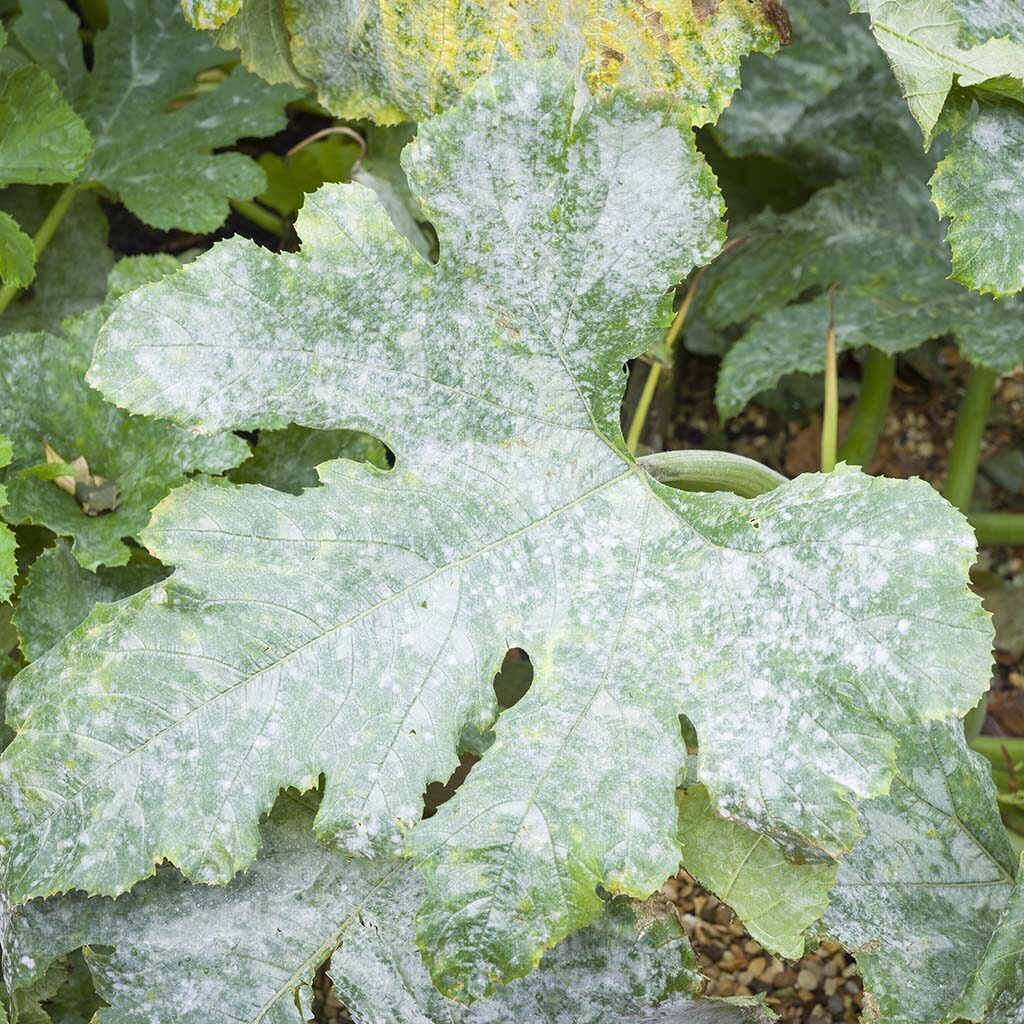
Identifying Anthracnose Fungus
IDing this plant disease isn’t too hard as long as you’re aware of what to look for. If you’ve seen leaf blights and spotting in conjunction with some possible pinkish-orange oozing during sporulation, it’s likely that your plant health is in jeopardy. Anthracnose, a fungus that often gets its start during germination, is the likely culprit.
Identifying Gray Mold
Like the above fungi, this intruder isn’t difficult to spot as its most visible symptom is all in its name: gray mold. If your plant is infected, you’ll be able to spot fuzzy, gray masses on new growth, freshly injured tissue or aging leaves. This fungus fights dirty, and takes aim at weaker parts of the plant, so growers should take note during the vulnerable propagation stage.
Identifying Damping Off
If your seedlings are struggling to emerge from the soil, and those first leaves and stems produced by any seedlings that do emerge are watery, mushy and possibly discolored, you may have a damping off problem. Damping off, or root rot, is a generic term for many different fungi, including Rhizoctonia, Pythium and more.
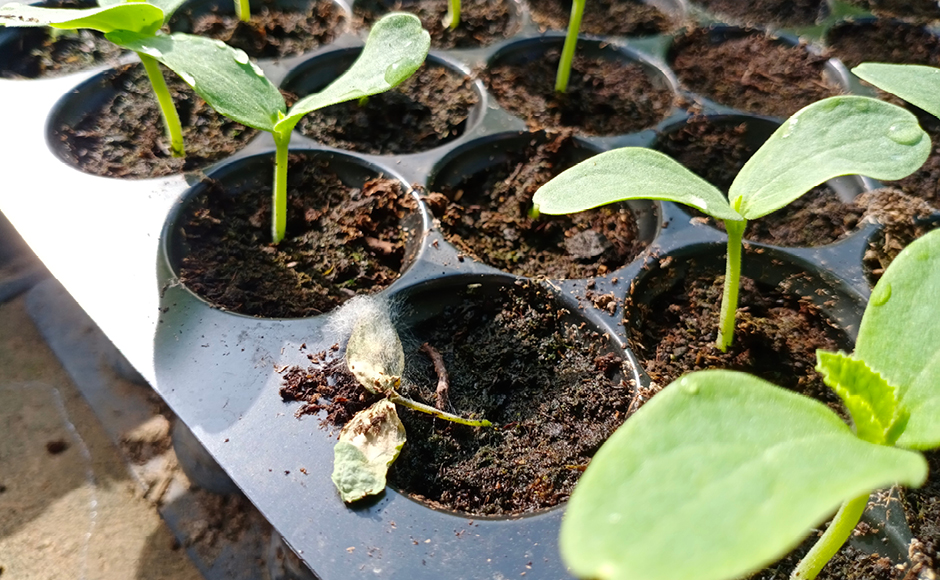
Diseased Plants: Bacteria
While fungus-based diseases are the most common ailment your plants have the potential to be exposed to, it is imperative to be on the lookout for bacterial-based disease as well. Some telltale signs your plants may be infected with bacteria are bacterial ooze and water-soaked lesions.
Identifying Bacterial Leaf Spot
One of the more high-occurring bacterial diseases growers may face is bacterial leaf spot. This one can be a little tricky to discern from over-fertilization due to the leaf scorch that can occur. A telltale sign of distinction is the pale halo that accompanies the spots.
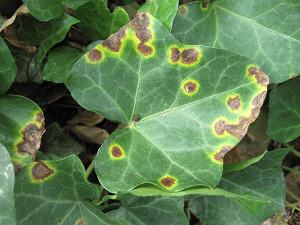
Treat
Did you forget that we mentioned there is good news? While a prevention plan is often the best course to ensure healthy plants, encountering disease is sometimes just plain unavoidable. Natural solutions are often suitable options for preventatives, fungicides are much more effective post-infection and widely available as viable treatment options for most fungi-based diseases.
Having the right protective gear is imperative when dealing with chemicals, so be sure to use gloves and a mask prior to applications. Most fungicides have a few application methods based on what works best for each grower. A foliar spray is most common, but surface treatment is an option as well. Important to note: foliar applications may not be effective against soil-borne fungi. A fungicide drench may be a soil treatment solution pending your particular ailment, but more commonly used as a preventative measure.
When it comes to bacterial diseases, treatment options are limited. Preventative measures are most effective, but treating early with a copper fungicide may help treat bacterial leaf spot.
Treatment Solutions
Prevent
Healthy plants require a healthy foundation, so it’s important to be diligent and intentional when it comes to the disease prevention measures your business is taking. Following the below IPM Cycle will limit crop loss for growers.
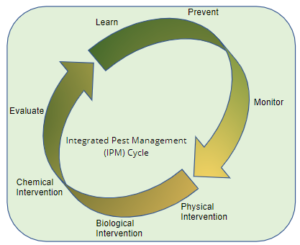
Fungus-based diseases
While each plant health preventative measure may vary slightly based on the specifics of the susceptible plants, here are a few methods to consider:
- Use soilless growing media with biofungicide
- Did you know that the use of biofungicide can provide cost-savings through reduced need for fungicide drenches?
- Maintain a growing area clean and clear of dirt and soil that may taint your growing space
- Monitor your environment and mitigate variables that may cause fungi growth when possible
- Keep foliage free of spend and debris
- Isolate, remove and/or destroy infected plant material as needed
Bacteria-based diseases
In addition to the preventative actions taken to improve plant health and avoid fungus, growers need to be aware of their own actions in aiding in the reduction of bacterial disease introduction to their growing environment. Straightforward methods such as these are effective in controlling the spread of bacterial pathogens:
- Minimize contact between plants
- Keep all areas clear of dirt
- Clean tools between crops
- Remove and destroy infected plant material
Prevention Solutions
Want to learn more? Hummert has extensive experience in horticulture because we focus on not only plant cultivation, but people cultivation. Our team of horticulture specialists has hundreds of years of experience between them. For a deeper dive into disease prevention and management, we can help.

